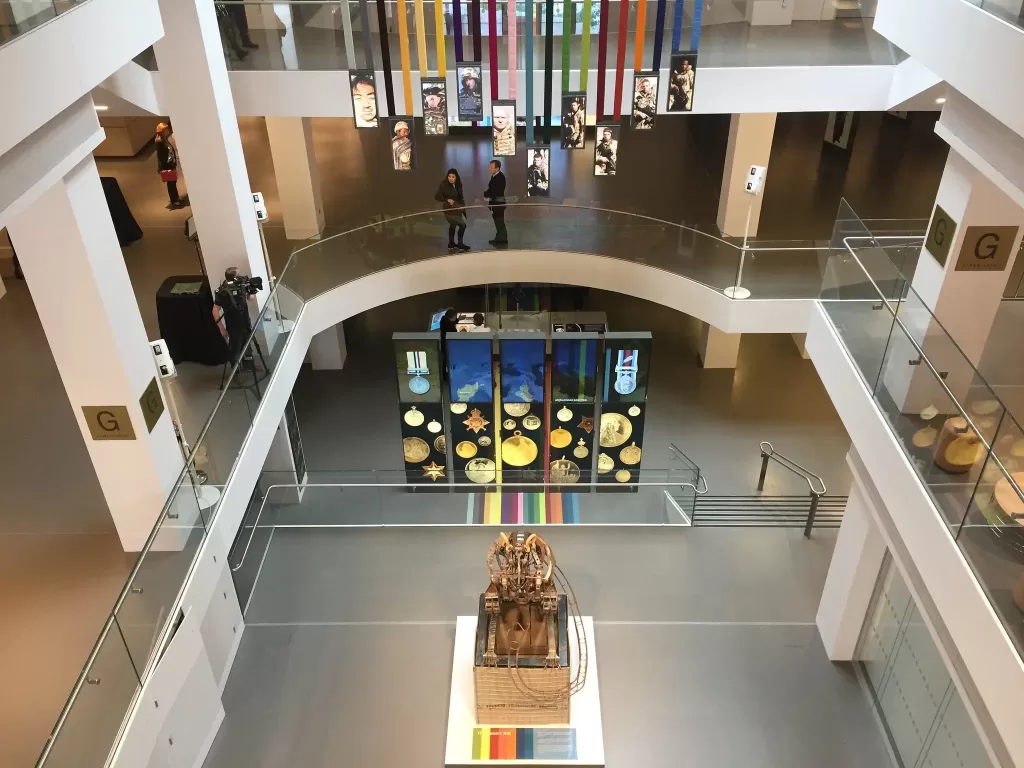
The National Army Museum aims to present historical fact – in their Chelsea-based museum, and online via their website. Naturally, a large amount of historical data has been collected over the years, chartering various aspects of the British Army. When the organisation needed help digitising some of these documents – Dajon were on hand to assist.
We help companies turnaround their non-profitable ventures into something that benefits them. Our specialty lies in understanding what makes a company special and what makes it tick.
Based in Chelsea, London, the core values of The National Army Museum are; Relevance, Insight, Quality, Enjoyment, Access and Learning. The museum aims to be a first class, leading authority on the history of the British Army – educating and entertaining visitors with a vast array of data, collected over many decades.
Ultimately, the goal of the museum is to “Gather, maintain and make known the story of the British Army and its role and impact in world history and to provide a museum experience that meets the widest range of public need and connects the British public with its Army.”
A digital solution was required to make the data easily accessible and secure
The National Army Museum had accumulated around 700 large screw bound ridged folders – equating to roughly 70,000 black and white photographic prints – dating back to the late 1870’s. Kept in the basement, the files were manually accessed by staff as and when required.
The existing storage system involved a large amount of manual searching through folders in order to find the correct photograph/object. Each time, a physical trip to the basement was required – and this could be a very time-consuming process.
After speaking to the client, it became clear that a digital solution was required to archive the large quantity of data online and make it easily accessible to staff at the museum. The collection included photographic records of uniforms, among many other important historical images. Dajon proposed full digitisation of the records to allow for quicker access, and to safeguard the irreplaceable images.
Dajon embarked upon the task of digitising the data. Firstly, following an initial consultation with NAM, Dajon formulated the best solution to help with the efficient removal of the folders, while keeping a full audit trail of every folder being moved from the National Army Museum’s basement to Dajon’s scanning facility.
Once all of the files had entered the facility, Dajon underwent the pain staking task of slowly removing all of the images from their screw bound ridged folders and preparing them for scanning.
Many of the photographs depicted images from historical wars in the desert with very washed out and faded colour in the images – and due to the poor quality of many of them, careful attention had to be paid to the scanning settings so each image was captured in the best possible way, with each image having to undergo a number of tests to ensure that the scanning quality was up to the expected standards and that the images could clearly be seen i.e. depicting the smallest details.
Dajon embarked upon the task of scanning in the precious historical photographs
Naturally, some of the photographs also showed signs of general ageing and wear and tear – this had to be addressed during the scanning process to ensure optimal viewability on the new digital system.
Following the project, the originals would be kept in long term storage. To enable the National Army Museum Team to quickly and easily find any of the original 70,000 images as and when required, the Dajon Scanning department provided NAM with a full index of the images and a full index as to which box each image could be found in.
Staff at the museum are now able to see the objects that they need, quickly, in digitised form – no more physical trips to the basement! With the new digital system, staff can connect images up to the database and refer to objects directly via a quick search. This assists with ongoing research, helping staff to build a better gallery view and improve the museum as a whole.
If staff need to reference objects for projects – they can easily find them without searching through a large quantity of files. This has been especially helpful during the recent building renovation project (DOW August 2014); the building is closed for 2 years, with plans to re-open with a brand new gallery. If items are needed for display in the proposed gallery, they can quickly and easily be found.
As an internally-used reference database, the archive lets staff find items that they may want to re-photograph for display purposes. i.e. from black and white print to colour.
Dajon provided us with a measured and cost effective solution to a problem involving historic record photography that, while valuable as a reference resource, was in a redundant format, inaccessible and taking up valuable storage space.
Despite the large volume of records involved, the digitisation was executed quickly and efficiently and we are already reaping the benefits, with greater accessibility to the material and the rationalisation of storage space.
Richard from the National Army Museum